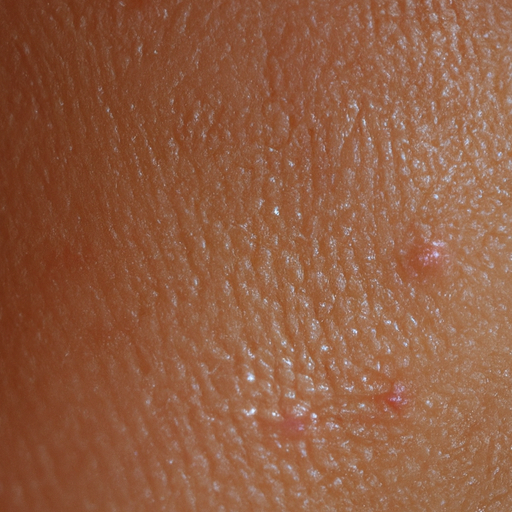As a dermatologist, I often encounter patients struggling with oily skin, a condition that can lead to various skin problems such as acne, blackheads, and enlarged pores. This article aims to unmask the gloss and provide a comprehensive guide to diagnosing and treating oily skin.
Firstly, it is essential to understand what oily skin is. The skin has sebaceous glands that produce sebum, a natural oil that moisturizes and protects the skin. However, when these glands overproduce sebum, it results in an oily skin type. Factors contributing to oily skin include genetics, hormonal changes, humidity, diet, and stress.
Diagnosing oily skin is relatively straightforward. The most common signs include a shiny or greasy appearance, large or noticeable pores, thick or rough-looking skin, frequent pimples, and clogged pores leading to blackheads or whiteheads. A dermatologist can confirm an oily skin diagnosis through a visual examination and by understanding the patient’s skincare routine and lifestyle.
Once diagnosed, the next step is treatment. It’s important to note that the aim isn’t to eliminate oil but to balance it. Over-drying the skin can trigger the sebaceous glands to produce more oil, leading to a vicious cycle.
The first line of defense against oily skin is a proper skincare routine. Cleansing twice daily with a gentle, water-soluble cleanser can help remove excess oil without stripping the skin of its natural moisture. Avoid harsh soaps or products with alcohol as they can over-dry the skin.
Exfoliation is another crucial step in managing oily skin. It helps remove dead skin cells that can clog pores and increase oil production. However, it’s essential not to over-exfoliate as it can irritate the skin and stimulate more oil production. Aim for gentle exfoliation 1-2 times per week.
In addition to cleansing and exfoliation, using oil-free, non-comedogenic products (products that don’t clog pores) is recommended. This includes moisturizers, sunscreens, and makeup. It may seem counterintuitive to moisturize oily skin, but skipping this step can cause your skin to produce more oil to compensate for the lack of moisture.
Topical treatments such as retinoids, benzoyl peroxide, and salicylic acid can also be beneficial. These treatments can help regulate oil production, unclog pores, and prevent acne. However, they can be drying, so it’s crucial to use them sparingly and in conjunction with a moisturizer.
In severe cases, prescription medications may be necessary. Oral contraceptives and spironolactone can help regulate hormones that stimulate oil production. Isotretinoin (Accutane) is another option for severe acne caused by oily skin, but it comes with potential side effects and should be used under a dermatologist’s supervision.
Diet and lifestyle modifications can also play a role in managing oily skin. A diet high in processed foods and sugars can stimulate oil production. Opt for a balanced diet rich in fruits, vegetables, lean proteins, and whole grains. Regular exercise can also help regulate hormones and decrease stress levels, both of which can contribute to oily skin.
In conclusion, while oily skin can be challenging to manage, it’s not impossible. With the right skincare routine, topical treatments, and lifestyle modifications, you can achieve a balanced complexion. Remember that everyone’s skin is unique, so what works for one person may not work for another. It’s essential to consult with a dermatologist to develop a personalized treatment plan for your oily skin.



